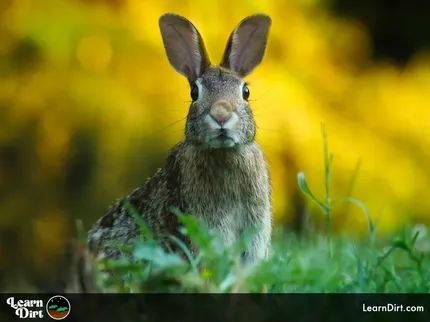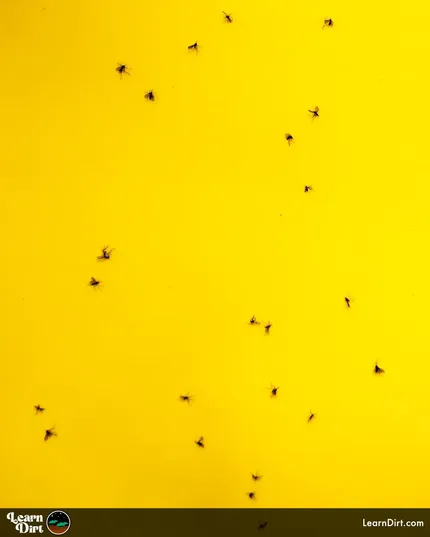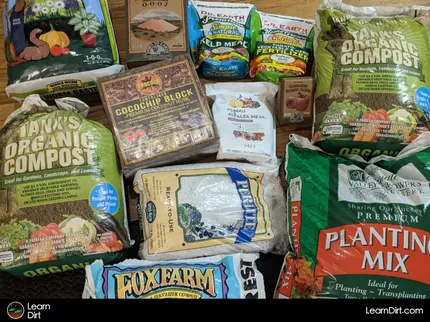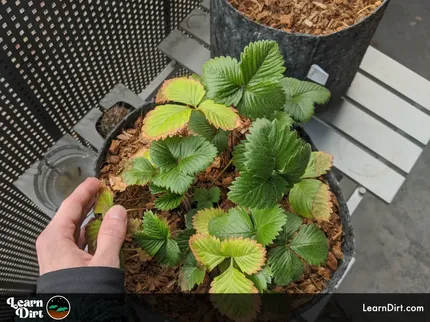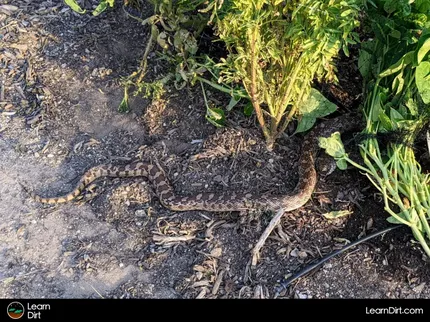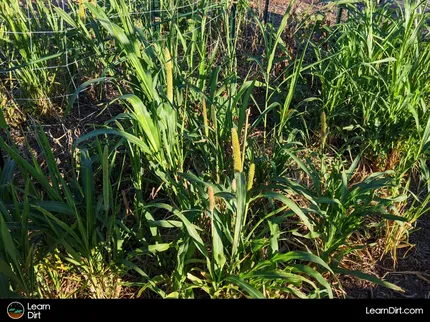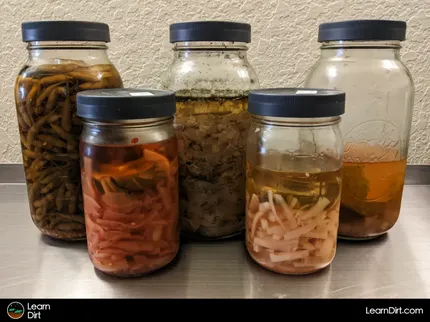Table of Contents
* Our articles never contain AI-generated slop *
Plant health directly correlates with biodiversity. Species are stronger together, and ecosystems need many creatures to attain equilibrium.
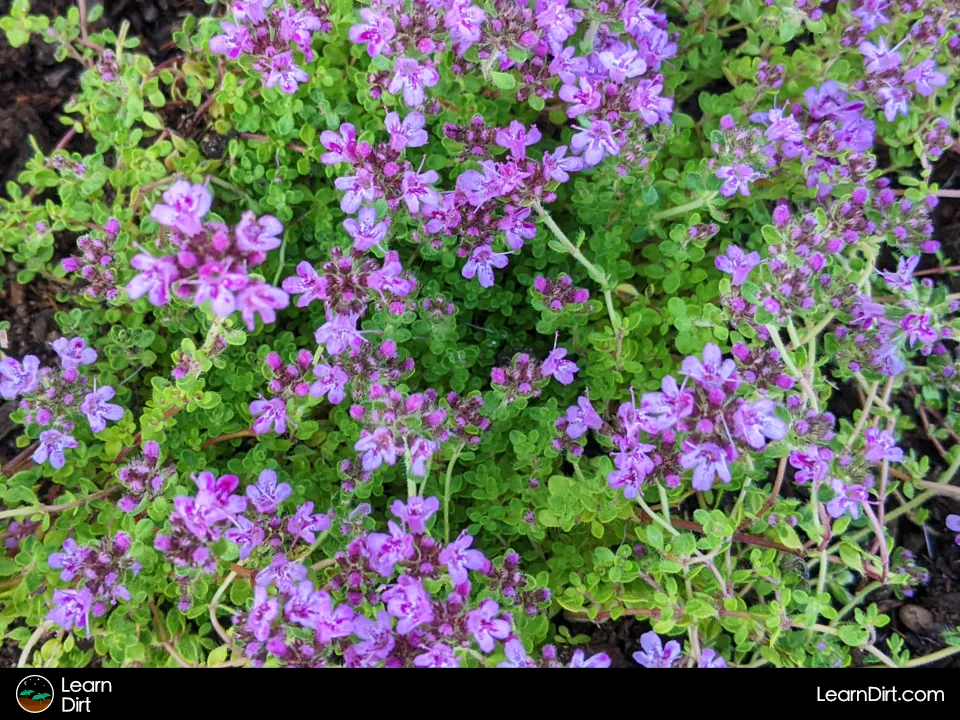
You may know that milkweed is the sole and only food source sufficient for monarch caterpillars.
Likewise, the native catclaw acacia which grows wild here in the Southwest is a larval food source for Marine Blue, Mimisa Yellow, and Mexican Yellow caterpillars.
Disclaimer: This post may contain affiliate links. Refer to the privacy policy for more information.
Palo verde beetles rely completely on palo verde trees to survive.
A complex food web emerges from the foundation of these relationships between plants, pests, beneficial insects, fungi, birds, protists, mammals, bacteria, and on through the food chain.
The Soil Food Web
Because the food web begins and ends in the soil, Dr. Elaine Ingham coined the term Soil Food Web to describe how ecosystem balance stems from soil health.
Systems Theory: Attaining Equilibrium
Predators put downward pressure in prey populations to keep them in check. Likewise, the availability of prey regulates the food supply available to those same predators. In this way, a balanced equilibrium is attained when both predator and prey have what they need available to them in a given ecosystem.
This applies as much to wolves <-> deer as to ladybugs <-> aphids, or Encarsia formosa (minute parisitoid wasps) <-> whiteflies. Or to Steinernema feltiae <-> root knot nematodes.
For every pest that bothers you in the garden, there is something which eats it. A balanced garden lets these relationships reach equilibrium so pest pressures have bounds.
Join The Grower's Community
Whether you cultivate vegetables, house plants, succulents,
mushrooms, flowers, cannabis, or more...
you're welcome here 🌱
Check It Out!
A biodiverse garden supplies the wide array of plant species needed to feed the equally diverse cast of beneficial insects which maintain balance in your garden.
In order to attract the full gambut of beneficial bugs required for to keep a garden stable and well-balanced, you'll need to grow a wide variety of flowering plants. Most beneficials will eat the pollen or nectar from certain species when prey is scare. Other beneficials will rely on the foliage, or some other aspect of specific plants in your garden.
Only by growing enough variety of plants can foster the kind of biodiversity that an organic garden relies on to be healhty.
Continual Harvests
Monocrops produce everything all at once. While this may work for large-scale grain farmers, this isn't really ideal in home gardens - where a steadier stream of fresh produce is often preferred.
Thankfully diversity of plant species in the garden is a natural remedy to this - producing many different overlapping harvests. The more species of produce you have in your garden simultaneously, the more you can get layered and continual harvests.
Crop Resiliency
Unexpected cold snaps, heatwaves, drought, flooding, hail storms, pest pressure, and more can all swoop in and R.I.P. your plants at any time. If all your plants are one species, then all your eggs are in one basket when these environmental pressures rise.
Instead, a diverse polyculture with many different species will ensure that some survive these events, so you'll rarely ever lose everything to any one issue.
Diseases and pests will rarely target every crop and every plant family - so polycultures are more resilient to the challenges nature will throw at them.
That's all for now, thanks for reading!
If you have any questions, comments, or would like to connect with fellow gardeners, head on over to the forum and post there.
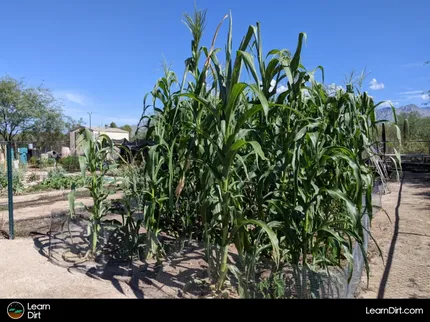
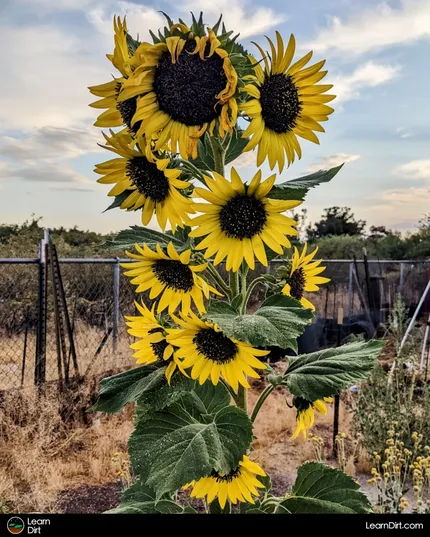
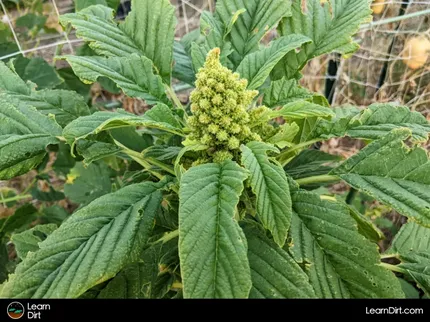



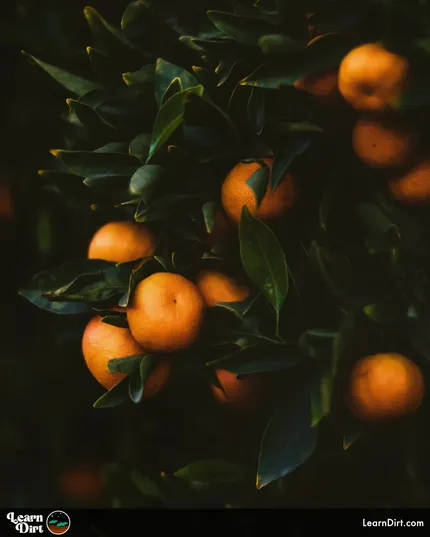
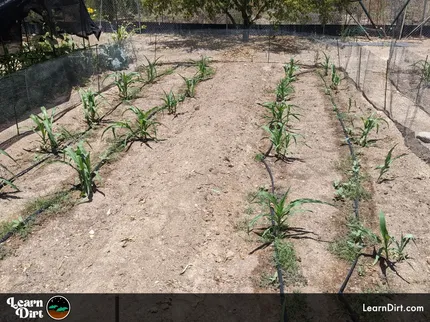

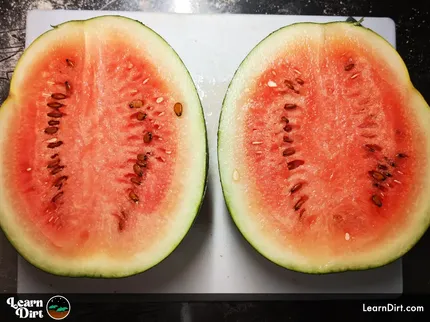
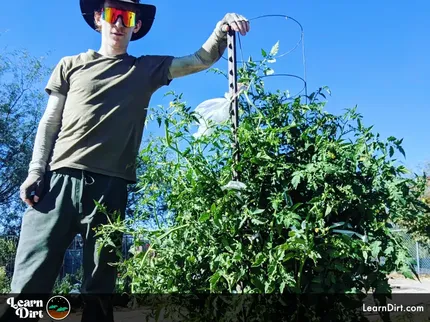
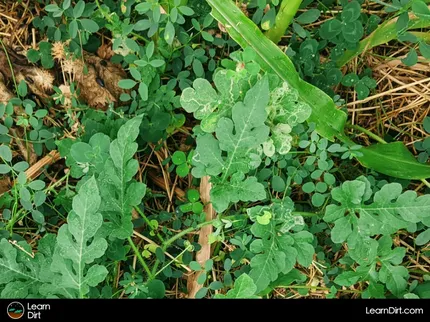
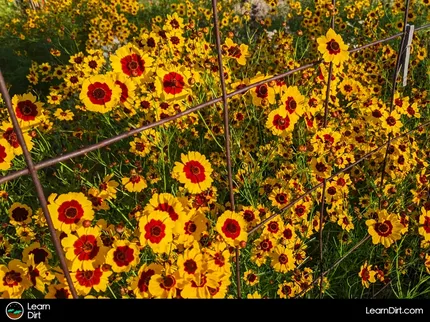
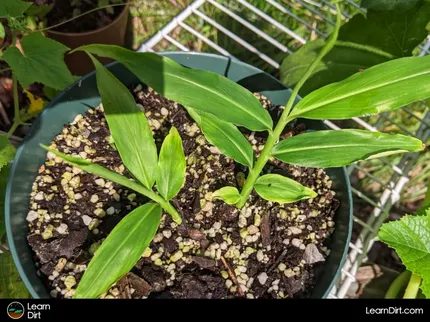
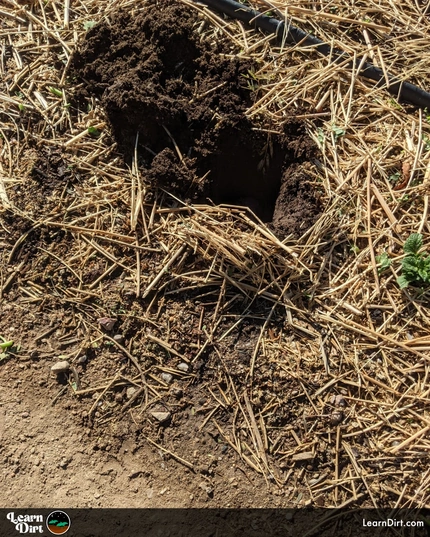

![Black Dirt Live Again [Blue] Sticker](/media/product_images/black-dirt-live-again-[blue]_sticker_260x260.png)

![Black Dirt Live Again [Purple] Sticker](/media/product_images/black-dirt-live-again-[purple]_sticker_260x260.png)
